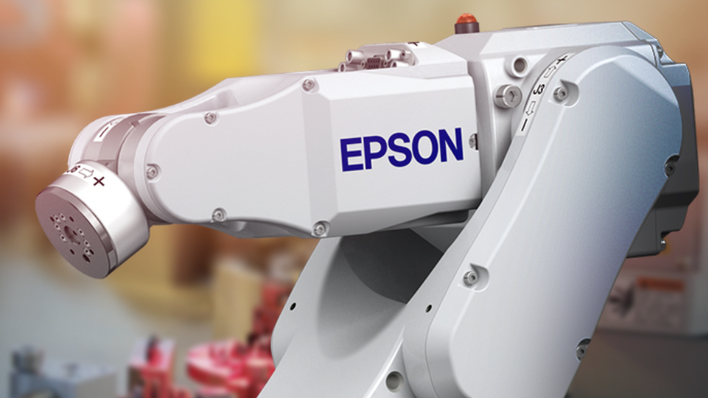Projection mapping is the projection of video, animation, and other colorful displays onto three-dimensional surfaces within venues, such as sports stadiums, night clubs, and concert halls. Once available for only big-budget productions, recent advances in projector technology deliver affordable, bright, high-quality, high-lumens projection that is within the reach of virtually any venue owner or manager.
Disney pioneered the use of projection on three dimensional objects in its Haunted Mansion display at Disneyland in 1969 [1]. Plaster busts of the “deceased” came to life, talking and singing to amazed onlookers. However, the high-cost of producing these effects kept the technology out of the mainstream until the advent of more affordable high-lumens projectors.
Unlike other light show technologies, projection mapping offers venues wide-spread creativity in using light in small or large environments. Driven by a new, affordable generation of projectors, mapping can completely cover not just flat walls and traditional projection screens but also irregular shapes, objects, and even entire building facades. These projectors are not your typical boardroom AV devices.
Among the many capabilities of projection mapping are:
- Affordable, high definition projection of images, including video and animation
- Synchronization of projected images with high-quality sound
- Portable placement of projectors
- Stacking and linear linking of projectors for panoramic and large-scale, seamlessly blended images Innovative and easy-to-use software for creating and driving original projection mapping immersions
Download the whitepaper to learn more about projection mapping.
1. Jones, Brett. “The Illustrated History of Projection Mapping.” Projection-mapping.org. http://projection-mapping.org/the-history-of-projection-mapping
![]()



